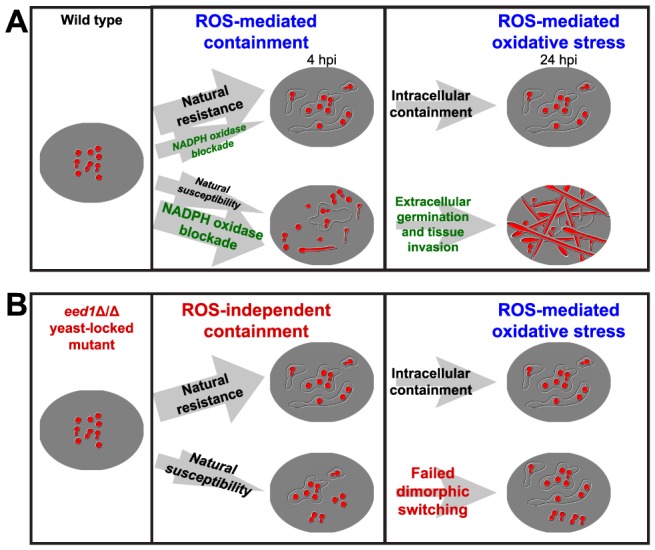Figure 7. A revised model of NADPH oxidase activity in the context of C. albicans infection.

(A) Naturally, the majority of larvae mobilize phagocytes rapidly to the site of infection and phagocytose nearly all fungi by 4 hpi, as represented by the upper pathway. A minority of larvae fail to mobilize enough phagocytes to internalize most fungi by 4 hpi, as represented by the lower pathway. NADPH oxidase activity blockade by chemical treatment or gene knockdown (green) shifts this balance towards the lower pathway, in which germination of C. albicans extracellularly leads to tissue invasion and death by 24 hpi. NADPH oxidase production of ROS (blue) is required early for phagocyte recruitment and late for attacking fungi and causing oxidative stress. (B) Phagocyte mobilization in response to infection with the yeast-locked edt1Δ/Δ mutant does not depend on NADPH oxidase-produced ROS (blue). In the mutant infections there may be additional chemoattractants produced and/or a failure to block ROS-independent recruitment. This mutant is yeast-locked (red), and therefore does not germinate extracellularly, invade or cause high levels of mortality.
